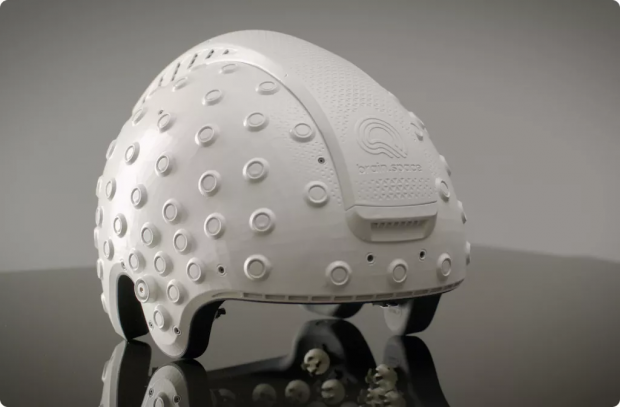
Breaking News
 Harbor Freight Coverpro 12x20 made into a Metal Building part 2
Harbor Freight Coverpro 12x20 made into a Metal Building part 2
 Brian Cole BUSTED, Halle Berry NUKES Newsom + Candace REJECTS TPUSA Challenge...
Brian Cole BUSTED, Halle Berry NUKES Newsom + Candace REJECTS TPUSA Challenge...
 I spent my Thanksgiving in the emergency rom... Medical emergencies can pop up at any time.
I spent my Thanksgiving in the emergency rom... Medical emergencies can pop up at any time.
 The "Golden Age" of Job Layoffs?
The "Golden Age" of Job Layoffs?
Top Tech News
 Build a Greenhouse HEATER that Lasts 10-15 DAYS!
Build a Greenhouse HEATER that Lasts 10-15 DAYS!
 Look at the genius idea he came up with using this tank that nobody wanted
Look at the genius idea he came up with using this tank that nobody wanted
 Latest Comet 3I Atlas Anomolies Like the Impossible 600,000 Mile Long Sunward Tail
Latest Comet 3I Atlas Anomolies Like the Impossible 600,000 Mile Long Sunward Tail
 Tesla Just Opened Its Biggest Supercharger Station Ever--And It's Powered By Solar And Batteries
Tesla Just Opened Its Biggest Supercharger Station Ever--And It's Powered By Solar And Batteries
 Your body already knows how to regrow limbs. We just haven't figured out how to turn it on yet.
Your body already knows how to regrow limbs. We just haven't figured out how to turn it on yet.
 We've wiretapped the gut-brain hotline to decode signals driving disease
We've wiretapped the gut-brain hotline to decode signals driving disease
 3D-printable concrete alternative hardens in three days, not four weeks
3D-printable concrete alternative hardens in three days, not four weeks
 Could satellite-beaming planes and airships make SpaceX's Starlink obsolete?
Could satellite-beaming planes and airships make SpaceX's Starlink obsolete?
This Israeli startup's sci-fi 'headset' will map brain changes in space on private Ax-1

If all goes to plan, the brain experiment, which comes from Israel-based startup Brain.Space, will launch aboard a SpaceX Crew Dragon vehicle on April 6 along with the four private astronauts the Ax-1 mission. The crew, whose flight was booked by Axiom Space, will embark on a 10-day excursion which will include eight days of living and working aboard the International Space Station.
The headset and associated hardware will be tested aboard the ISS, Brain.Space said on their website. The experiment will also return to Earth with the Ax-1 crew.
The company says that their examination of the brain will be unique, as, according to them, to-date, "there is currently no high-quality longitudinal data regarding the neural changes in prolonged space missions," their website states.
By obtaining and studying this information, the company aims to gain more insight into how the brain adapts in space, which is an environment full of challenges like radiation, microgravity and isolation. Learning about the "day-to-day plastic changes" of the brain, the company states on its website. The company terms that these adaptations, could help future spaceflyers get more comfortable in orbit.

 First totally synthetic human brain model has been realized
First totally synthetic human brain model has been realized Mach-23 potato gun to shoot satellites into space
Mach-23 potato gun to shoot satellites into space

